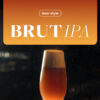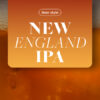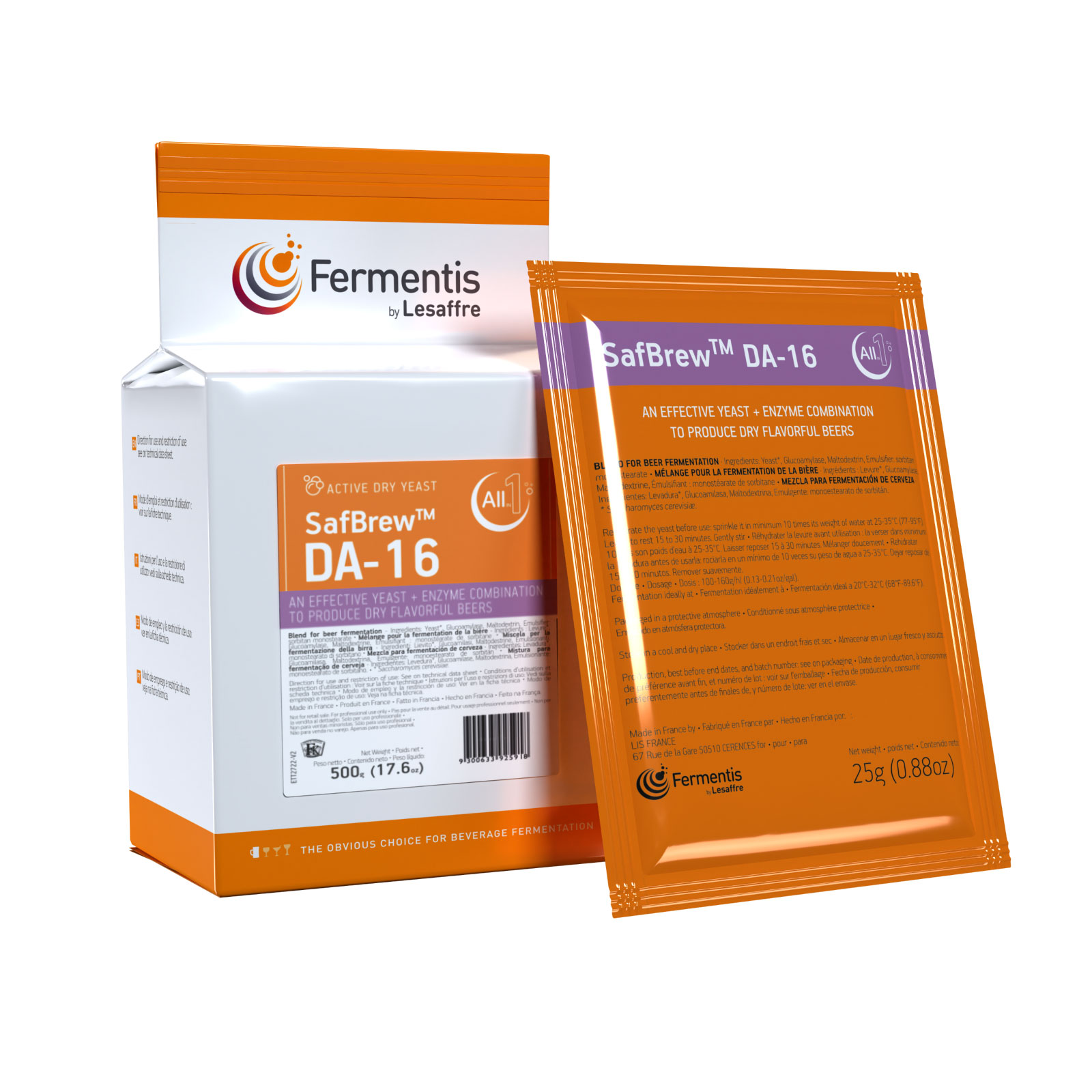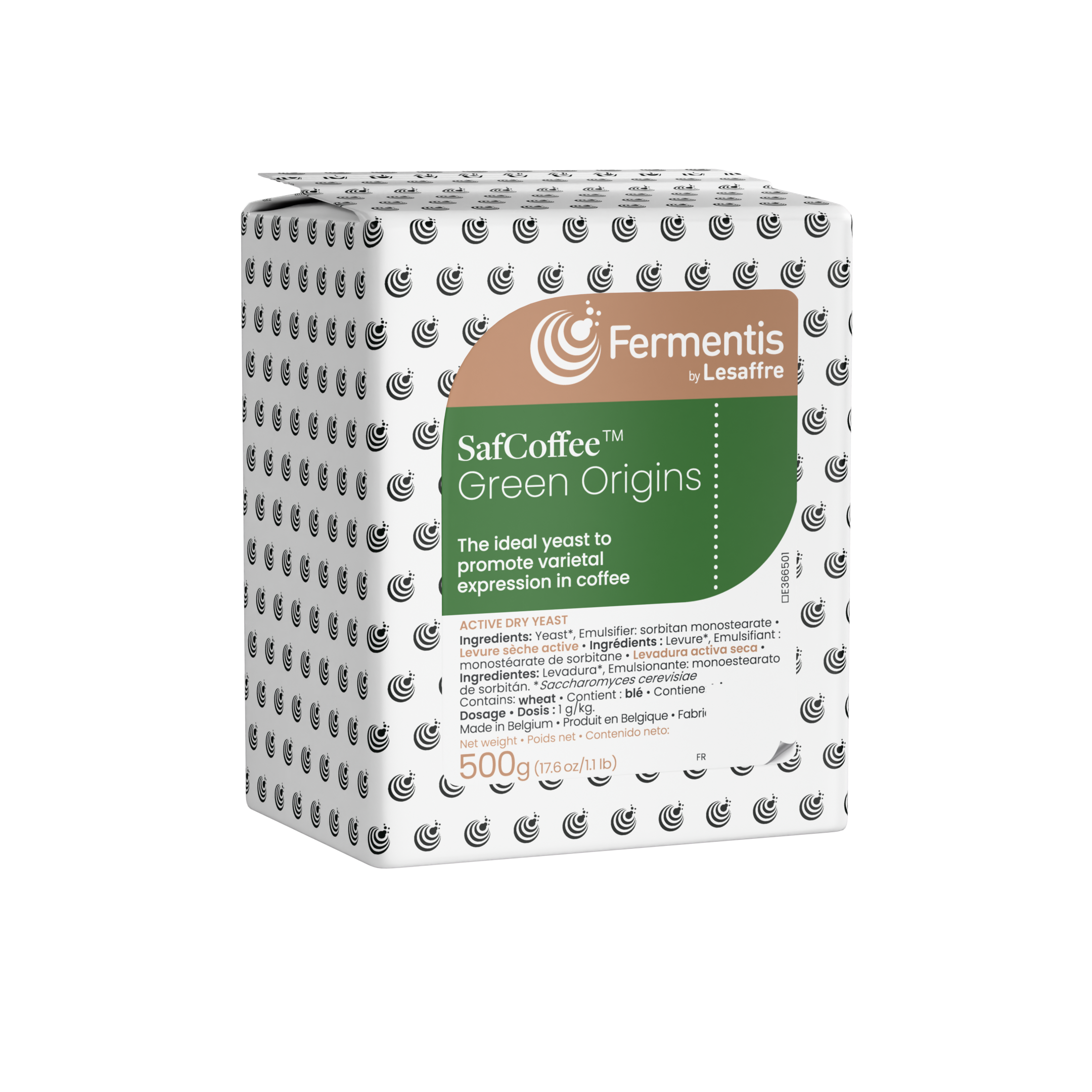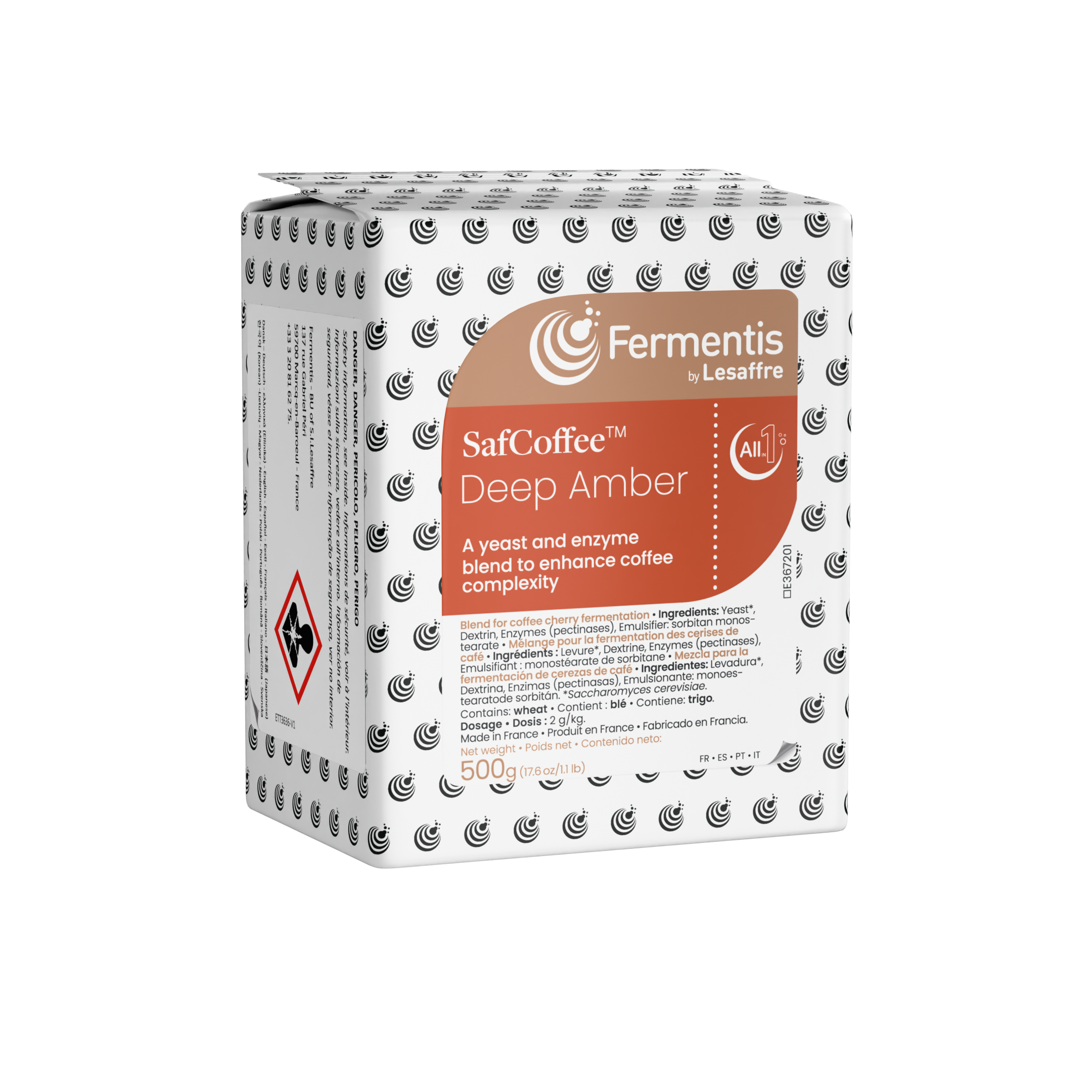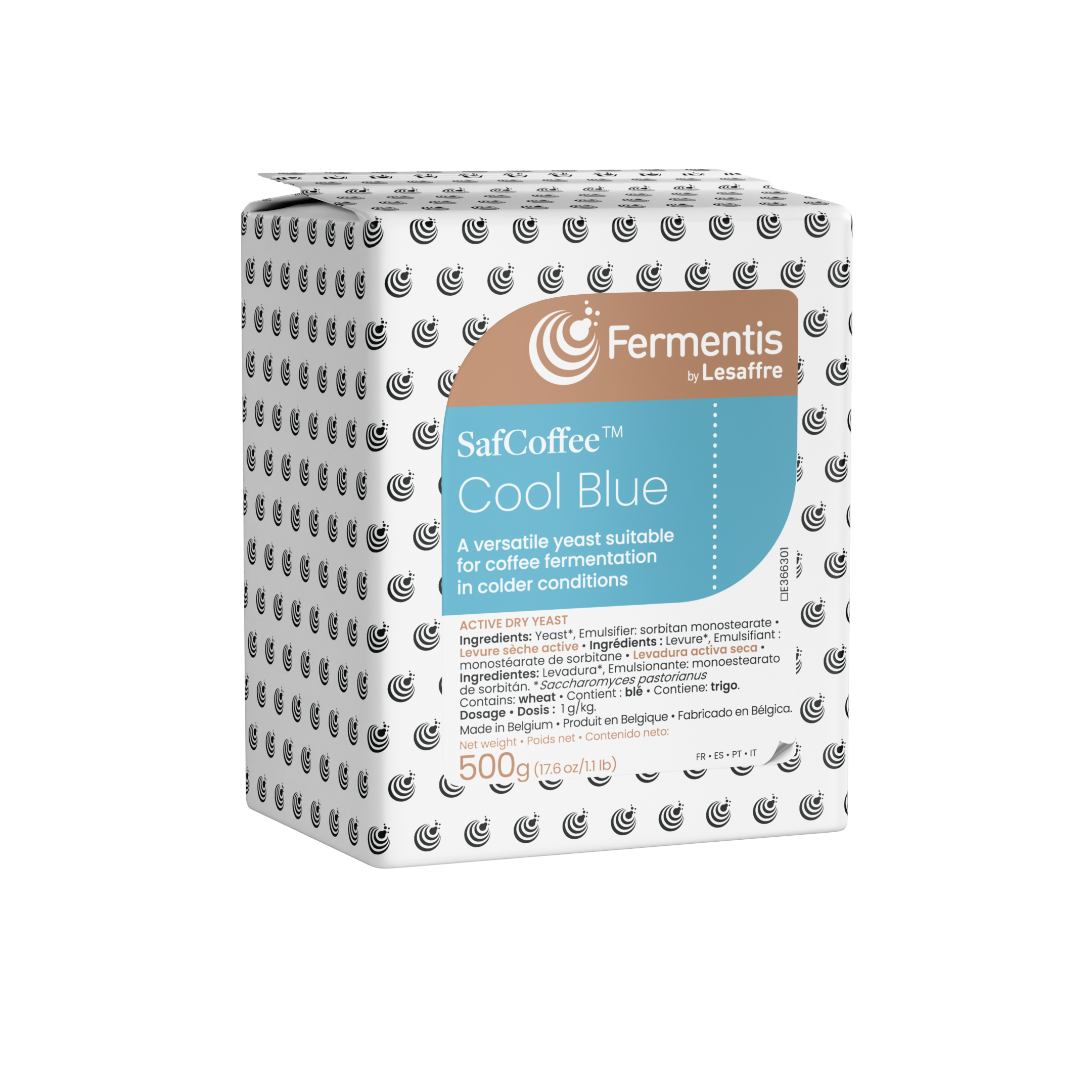The festive beer style
Brut IPA is part of the IPA family, but it’s particularly dry and different from the fruity IPAs that are particularly popular today.
Brut IPA style features
On the popularity wave of the New England Beer Style (or Hazy IPA), there is a new sub-genre emerging on the opposite side: Brut IPAs. Somewhere in 2017, this style originated in the US (San Francisco – CA) attempting to reach a clean and drier version of an IPA, far away from the juicy and hazy NEIPA. This shiny, wine-inspired, dry IPA has then quickly attracted the craft community by its specific flavor profile.
Brut IPAs are clear, bone-dry and hoppy. The name Brut refers to dry sparkling wines (such as Champagnes) and indeed this style mimics some of its qualities. Having a remarkably pale color and effervescent appearance, as a member of IPA styles the Bruts are hop-forward beers – although not oriented to intense hop bitterness.
To achieve the super dry character, there is an extra brewing ingredient behind the classical ones: enzymes (specifically amyloglucosidases – see next section how it’s brewed). As a novel beer style, it’s still likely to find distinctions in flavor, color, and texture, but most are crispy, light and somewhat hoppy-fruity. With multiple and flavourful possibilities, a Brut IPA beer must strike a precise balance between its distinguished dryness with a thirst-quenching hoppy profile.
To achieve the pale, crispy-dry and hoppy character of a Brut IPA*, you need to consider several key elements: a proper malt grist, enzymes (amyloglucosidase, AMG**), a substantial amount of late and dry hop additions and a proper yeast!
Opt for using a grain bill made primarily of pilsner and/or light pale malts. Adjuncts such as sugar, flaked rice, corn, and oats can offer a distinct, lighter color and can subtly impact the mouthfeel of the beer. Once you are using AMGs, standard mashing procedures are fine. The AMG will help you produce little to no residual sugar. It can be added at the beginning of the mashing process or at the beginning of fermentation – together with the pitching yeast.
A pronounced hop flavor and aroma, rather than bitterness, can be achieved by using considerable amounts of hops at later stages (such as late and dry hop additions). Select hops that promote fresh, citrus and tropical character and add them during whirlpool, fermentation or maturation of the beer. C-Hops such as Citra, Cascade, Chinook are great options, as well as Mosaic, Azacca, Amarillo, El Dorado, Nelson Sauvin, Galaxy, and other Australian hops.
Another consideration is the carbonation. Consider higher carbonation levels if you’re ready to serve a refreshing and visible sparkling glass of Brut IPA.
*Brut IPA vital characteristics: very low EBC / SRM values; crystal clarity – sometimes subtle haziness due to dry hopping; sparkling; 15 to 30 IBU; alcohol content around 7% ABV (final gravity close or down to 0°P); and a fruity-hoppy, crisp and clean finish.
**Amyloglucosidase is an enzyme that is also used to break down to glucose long chain of sugars derived from malt. This helps the yeast to consume more of the sugars during fermentation – and then bulk up their alcohol content without being syrupy or thick. It is helpful in high-gravity beers such as Imperial Porters, Imperial Stouts, Barley Wines and Triple IPAs. You can also try our solution SafBrew™DA-16 in these beer styles.
Yeast for Brut IPA style
Providing a highly fermentable wort, such as one for Brut IPA beers, allows most beer yeast strains to succeed with a proper fermentation (except for those with a low resistance to ethanol or ones that require higher nutritional supplements).
The fruity-hoppy, crisp and clean character of a Brut IPA only shines through when there is no interference of intense fermentative and/or phenolic yeast flavors, and ideally when the yeast can release or act synergistically with hop components. So, the yeast will also play a crucial role in Brut IPA beers.
Most brewers still believe that neutral and attenuative yeast strains are the best yeast choice, but that isn’t always the case. Yeast can impact a Brut IPA and a hop-forward beer by its flavor-formation, transformation potential and its interactions with hops components.
Knowing this, the Fermentis R&D group has performed a scientific study to provide the best solution for Brut IPA and other dry, flavorful styles. We have created the solution SafBrew™ DA-16, consisting of selected yeasts that boost hop character, and includes the required enzymes, so you no longer need to re-hydrate, aerate nor add any yeast nutrient. You only need to pitch the recommended amount in the cooled pitching wort to get a perfectly hoppy, balanced, remarkably dry and thirst-quenching Brut IPA.
As an alternative, if you prefer adding conventional yeasts, we also recommend the Fermentis yeasts SafAle™ S33, SafAle™ US-05, for their intense tropical and fruity-hop flavors as well as SafAle™ S-04 and SafAle™ K-97 for fruity flavors.
Brut IPA style yeast recommendations
The obvious choice for dry flavorful beers, such as Brut IPA
Our yeast recommendations are meant solely as a guide to help you choose the right strain from our range. It is entirely possible to brew a specific style of beer with a different strain: feel free to experiment and be creative!




